
Review on Z 400 008 CR Threaded Stainless Internal by Jake Hill

If you have solid wood, why do you need an insert?
I didn't have much experience or knowledge of Threaded Inserts but I did do some woodwork. I tried building them into the bottom of a walnut table that had a "bar table" frame attached. They didn't work as expected in my test patterns, so I never used them for the last part. I did a lot of research on threaded inserts after they didn't work properly. Let me share the research, I hope it can help you: They are sold for "hardwood". Drill Size: They recommend a drill size of 25/64 on the package for this particular Insert. You can see which bit size they recommend for each of their uses. This is not the most common drill size. For this size you need more than a "simple" set of drills. However, the threaded insert will not fit into a 25/64 hole on hard wood. Maybe this would be the ideal size for something soft like pine, but not for hard wood. This has been field tested and verified by a Q&A on the Rockler website where a question was asked about bit size and the answer was "increase 1/64 for real hardwood" otherwise the bit would be too tight to screw into the hole . Hole. In fact, increasing the size from 25/64 to 26/64 (13/32) really helps when working with a hardwood insert. Installing the Insert: The insert has a slot for a flathead screwdriver to screw it into the hole. Except it's not a standard sized flat head. None of my 20 flatheads were thin enough and wide enough. In fact, EZ Lock sells a special screwdriver that you can use to drive a threaded insert into the wood. As many other reviewers have pointed out, I wasn't able to get the paste right in. You almost need a tapered hole (slightly wider at the top, maybe 27/62 so the bit will cut straight threads. Why would you need a bit at all? Obviously so you can drive a machine screw into hardwood. Why machine screw? Because you can Want to be able to repeatedly insert and remove a screw in a hole without damaging the hole?Okay.Why not tap on real wood?I've seen on some woodworking forums that solid wood is strong enough to just tap straight in. So I did tried that, I drilled a hole a little smaller than a 10-24 (think 1/8" maybe less) and then put a 10-24 tap right into the walnut. Guess what? The machine screw fit in perfectly. I've unscrewed and inserted the machine screw over 30 times and then tried to get it out. You know what? It won't come out. So you want a machine screw in har ted wood? Save yourself the hassle and just knock on hardwood.
- Few competitors
- Slightly wrinkled
New products
Comments (0)
Top products in 🔩 Nails, Screws & Fasteners
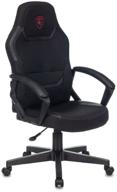
Computer chair Zombie 10 gaming, upholstery: imitation leather/textile, color: black

56 Review
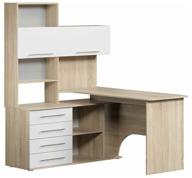
SOKOL computer table KST-14, corner: left, WxDxH: 140x123.5x182.8 cm, color: sonoma oak/white

50 Review
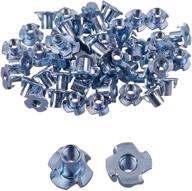
🔩 Eowpower 50 Pieces of 1/4"-20 x 7/16" Zinc Plated Tee T-Nuts with 4 Prongs

10 Review
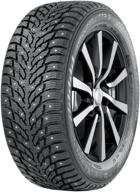
Nokian Tires Hakkapeliitta 9 175/65 R14 86T winter

36 Review
Another interesting products
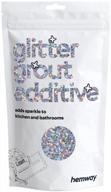
Silver Holographic Stars Glitter Grout Tile Additive 100G - Easy To Use For Tiles, Bathroom, Wet Room & Kitchen

14 Review
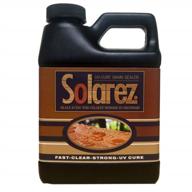
Eco-Friendly Solarez UV Cure Grain Filler & Sealer - Perfect For Fine Furniture, Guitars, Pool Cues And DIY Woodworking!

10 Review
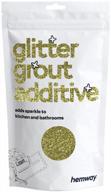
Hemway Glitter Grout Tile Additive: Sand Gold Sparkle For Your Bathroom, Kitchen And Wet Room Tiles - Easy To Use And Temperature Resistant!

10 Review
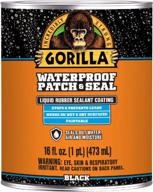
Gorilla Waterproof Patch & Seal Liquid - Black 16Oz - Ultimate Solution For Quick Fixes (Pack Of 1)

39 Review

